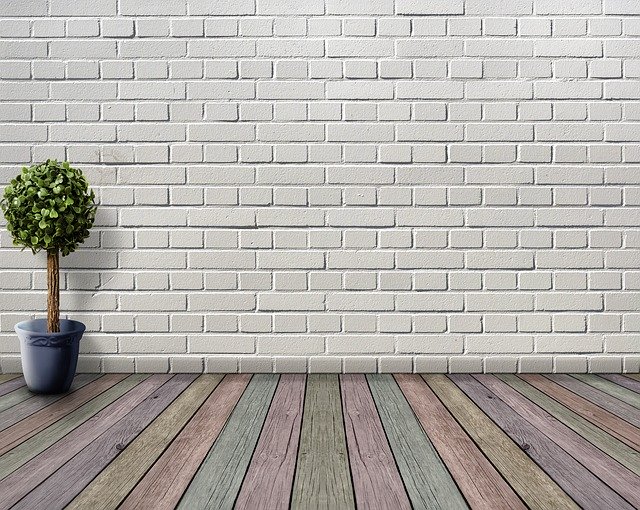What does it mean when you hear you should be quarantining new houseplants? The word quarantine comes from the Italian word “quarantina,” which means forty days. By quarantining your new houseplants for 40 days, you minimize the risk of spreading pests and diseases to your other plants.
When to quarantine houseplants
There are a few cases where you should keep houseplants separate and quarantine them:
- Anytime you are bringing home a new plant from a nursery
- When you bring your houseplants inside after being outdoors during warm weather
- Anytime you spot pests or disease on your current houseplants
If you separate houseplants by quarantining them, you will save yourself a lot of work and headaches in the future.
How to quarantine a houseplant
Before you actually quarantine a plant, you can take some preventative measures to help prevent the spread of pests and disease:
- Thoroughly inspect all parts of the plant, including the undersides of leaves, leaf axils, stems and soil, for any signs of pests or disease.
- Spray your plant down lightly with soapy water or an insecticidal soap.
- Take your plant out of the pot and inspect for any pests, diseases, or anything unusual. Then repot using a sterilized soil.
At this point, you can quarantine your plants. You should place your new plant in a separate room, away from any other plants for a period of about 40 days or so. Make sure that the room you choose does not have plants in it.
This will help minimize the spread of pests and disease. If this is not possible, you can quarantine and separate houseplants by placing them in a plastic bag. Make sure it is a transparent plastic bag and keep it out of direct sun so your plants don’t “overheat”.
After isolation
Before releasing the plant from its isolation, examine it carefully. Look especially at the leaf axils and under the foliage. If you can, it’s even best to remove the root ball from its pot to see that there is nothing going on in the potting soil.
If you see insects such as scale insects (which resemble small bulging shields), mealybugs (much like tiny balls of white cotton on leaves and stems) or root mealybugs (cottony wool among the roots), always the most insidious insects, the best thing to do is to toss the plant.
If you insist on keeping an infested plant, keep it in isolation and treat it again and again until you no longer see any insects. It may take years of treatments to eliminate some particularly pernicious pests.

